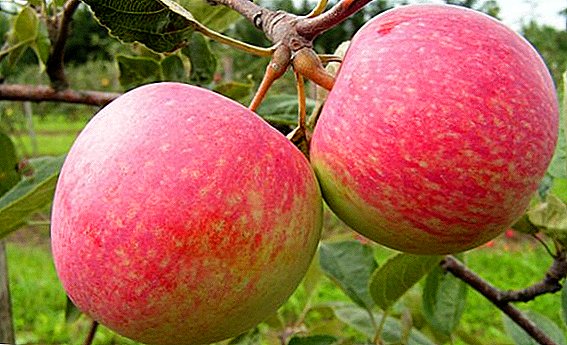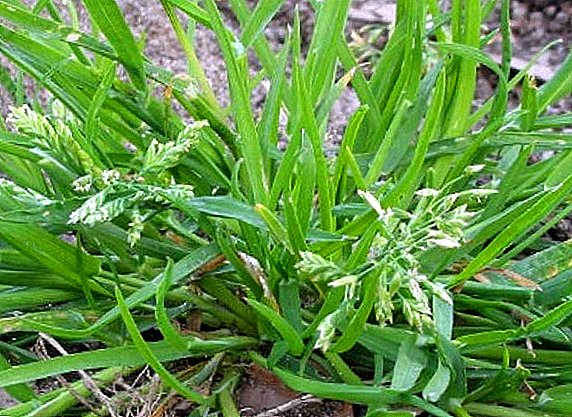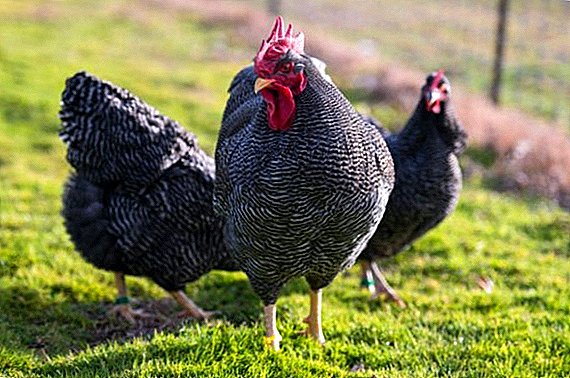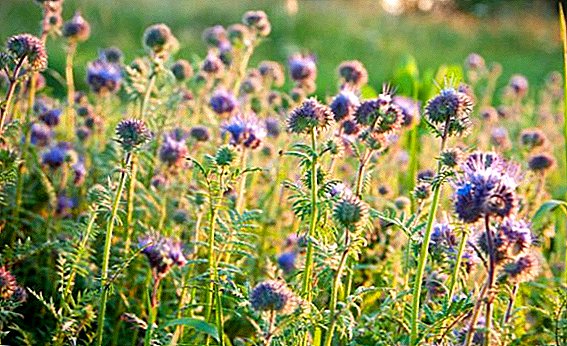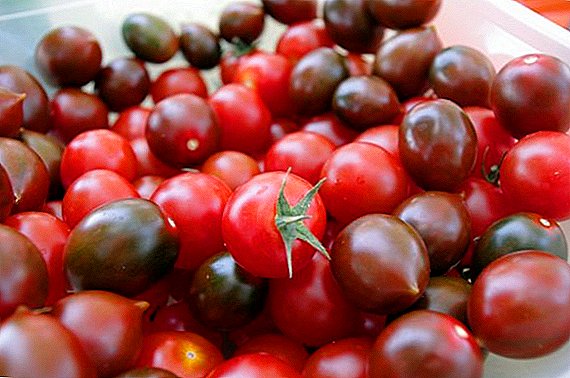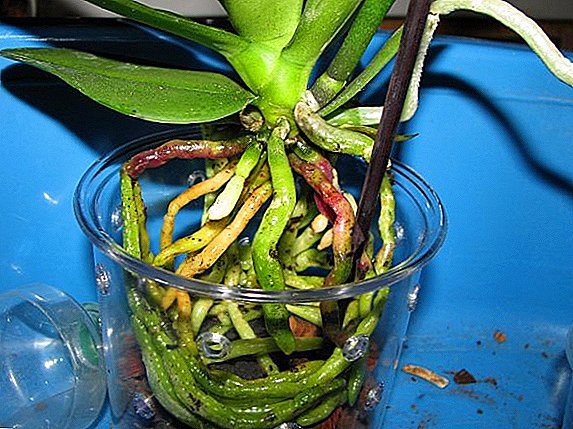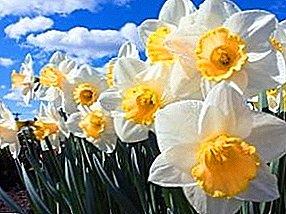 Daffodils - one of the earliest spring primroses, which delight us with lush greens and delicate, elegant beauty.
Daffodils - one of the earliest spring primroses, which delight us with lush greens and delicate, elegant beauty.
They have great vitality, blooming very early after snow melt.
Beautiful and unpretentious daffodil - what is it?
The flower belongs to the bulbous group of perennial plants of the Amaryllis family. Cold-resistant, unpretentious, does not require special care. Loves bright, sunny areas, popular in landscape gardening. Its flowers have a delicate fresh scent. They can be solitary or in inflorescence, of a wide variety of forms, with a drooping or erect flower up to 50 cm high.
Leaves narrow, grassy, basal, saturated green color. Depending on the variety, there are different widths and lengths. The above-ground part after flowering dies annually. Only the underground, consisting of the bulb, which forms the buds, giving rise to daughter plants, is saved.
Marigolds, planting and care - recommendations gardener.
Effective methods of growing nasturtium in the garden, read here.
Learn all about annual dahlias //rusfermer.net/sad/tsvetochnyj-sad/vyrashhivanie-tsvetov/georgina-koroleva-sredi-tsvetov-na-osennem-balu.html.
Definition of maturity for planting
The bulb of narcissus is the reproducing part of the plant.
 Young, small-sized bulbs - single-tops, in fact, are still "kids", and are unlikely to bloom. In the second year, it is already becoming a two-vertex. Developing, gives a few increments-kids, and is three-vertex.
Young, small-sized bulbs - single-tops, in fact, are still "kids", and are unlikely to bloom. In the second year, it is already becoming a two-vertex. Developing, gives a few increments-kids, and is three-vertex.
The bulbs themselves are joined together by scales, which die out in 2-3 years, and the children are easily separated from the mature maternal.
It is the two - and three-vertex bulbs that are the best planting material and give maximum flowering.
Site selection and soil preparation for planting
Daffodils are unpretentious and can grow well in both sandy and clayey soil. It is not recommended to plant the plants in low-lying areas where water accumulates, because in the case of frosts in the wet land, the flowers will die. Although the flower itself tolerates frost well to 15-20º.
Since the daffodil is a perennial plant that does not require annual transplantation, the soil must be carefully prepared before planting, fertilizing it with organic and mineral fertilizers. The fertility of the plot of land on which the daffodils are planted will serve as green manure, which is a natural fertilizer.
Read a useful article: Hydrangea, planting and care.
Learn how to grow lilies on our website //rusfermer.net/sad/tsvetochnyj-sad/vyrashhivanie-tsvetov/liliya-prekrasnyj-tsvetok-dlya-lyubogo-sada-kak-uhazhivat-za-liliej.html.
Plant the bulbs correctly
The most important thing to remember is that daffodil loves bright, open, sunny areas.
The most favorable time for landing is August - the first decade of September, since before the onset of cold weather, the flowers will have time to root well, because it is during this period that a new root system begins to form in the plant.
 Flowers are well tolerated and a little late. Only in this case, transplanted plants will have to cover with oak leaves, peat, sawdust, straw.
Flowers are well tolerated and a little late. Only in this case, transplanted plants will have to cover with oak leaves, peat, sawdust, straw.
Enough up to 15 cm thickness of the shelter. Most new varieties of daffodils are winter hardy and can winter without additional shelter.
The depth of planting is from 7 to 15 cm and depends on the size of the bulb: the larger, the deeper the landing.
The density of planting bulbs also depends on their size. On 1 square. m planted: large bulbs up to 60 pcs., medium - up to 80 pcs., small - up to 100 pcs.
Care in the period of growth and flowering
Caring for daffodil usual: feeding, watering, removing weeds, loosening between rows, pest control.
During the formation of young shoots of leaves, the formation of buds and flowering plants consumed the maximum amount of nutrients from the soil. After the snow melts, part of the fertilizer is washed out of the soil, part of it decomposes. Therefore, the flowers can be additional feeding.
It is more convenient to use complex fertilizers containing several nutrients at once. Fertilizers are applied gently between the rows, avoiding contact with flowers.
 It is necessary to weed the earth in time, clearing it from weeds. Weeding and loosening the soil prevents its compaction, makes it easily permeable to air and retains moisture.
It is necessary to weed the earth in time, clearing it from weeds. Weeding and loosening the soil prevents its compaction, makes it easily permeable to air and retains moisture.
Watering is carried out at least during the period of growth and flowering. After flowers and leaves wilt, watering can be limited. But in August, when the growth of the root system is activated, watering can be intensified. It is also important in the period August-September, if it is planned to transplant the bulbs so that they have well-developed roots.
All agricultural practices (watering, loosening, fertilizer, weeding, collection and burning of dry, infected foliage) contribute to the fight against pests and plant diseases.
Daffodil after blooming and wilting
After the daffodils ottsvetut, in the place of drying leaves are formed voids. This is the "gateway" for the onset of pests of the development of disease bulbs. Therefore, in order to avoid various plant diseases and its death, the land in the area of wilted daffodils must be leveled, thus closing access to pests and various fungal diseases. It is recommended to sprinkle this area on top of the ashes.
Recommended for reading: Tulips, growing and care.
Secrets of growing malv read here //rusfermer.net/sad/tsvetochnyj-sad/vyrashhivanie-tsvetov/mnogoletnyaya-malva-koroleva-priusadebnyh-uchastkov.html.
Digging bulbs for breeding and replanting
There is no need to dig the bulbs of daffodils annually. This plant can bloom in one place for up to 5 years without a transplant, which will be needed if the bulbs become "crowded."
 Usually, after the flowering bulbous period of peace. They are dug, dried and stored for the duration of the winter period. Daffodils have a very short rest period.
Usually, after the flowering bulbous period of peace. They are dug, dried and stored for the duration of the winter period. Daffodils have a very short rest period.
Therefore, planting or replanting a plant can be bypassing this stage. It is enough to dig up the bulbs, check them for integrity and the absence of disease, divide and plant again.
Basically for breeding, transplanting and storing the bulbs, the time of digging is determined by the yellowing and drying of the leaves. If this is not done on time, in August daffodils will begin active growth of the root system, which can be damaged when excavated.
Experimental ways it was brought that the narcissus tolerates the transplant, when the leaves are not wilted and continue to be green. Even replanting a flower during the period of maximum flowering, the plant adapts well and this does not affect its growth.
Not so much time, labor and effort take flowers, but in spring they will thank you with early flowering and their beauty.


 Marigolds, planting and care - recommendations gardener.
Marigolds, planting and care - recommendations gardener. Read a useful article: Hydrangea, planting and care.
Read a useful article: Hydrangea, planting and care.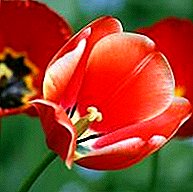 Recommended for reading: Tulips, growing and care.
Recommended for reading: Tulips, growing and care.